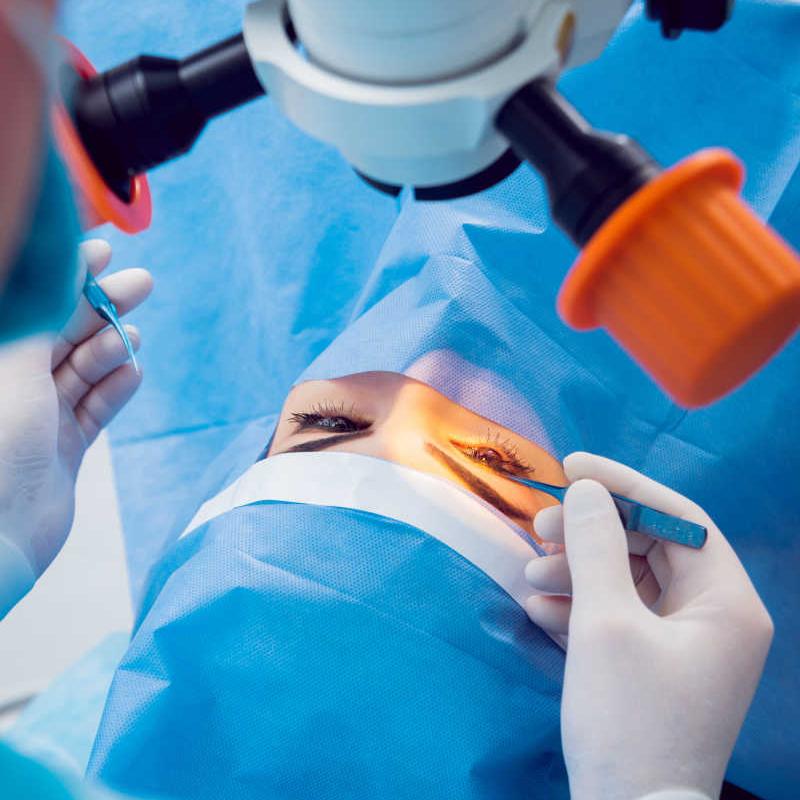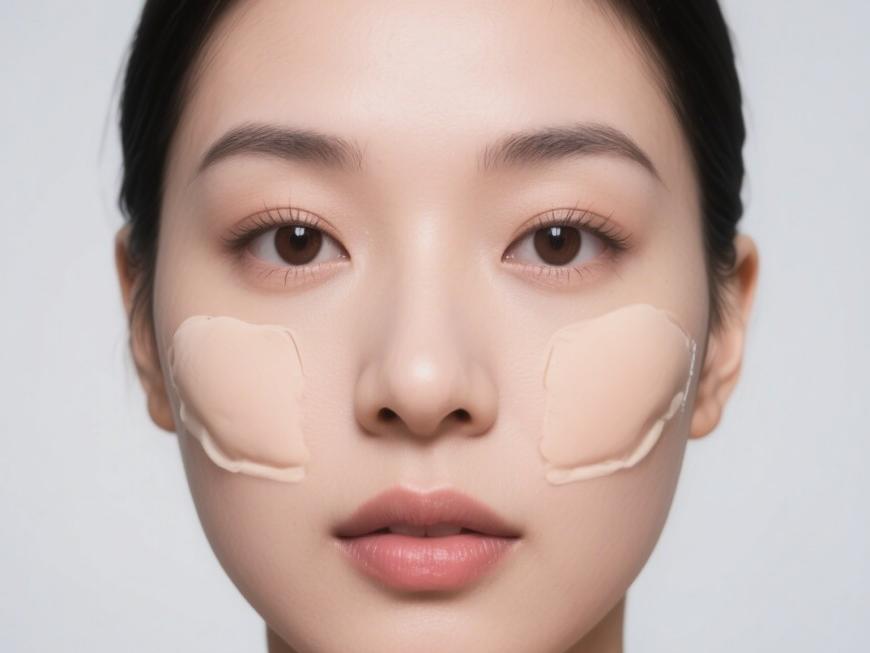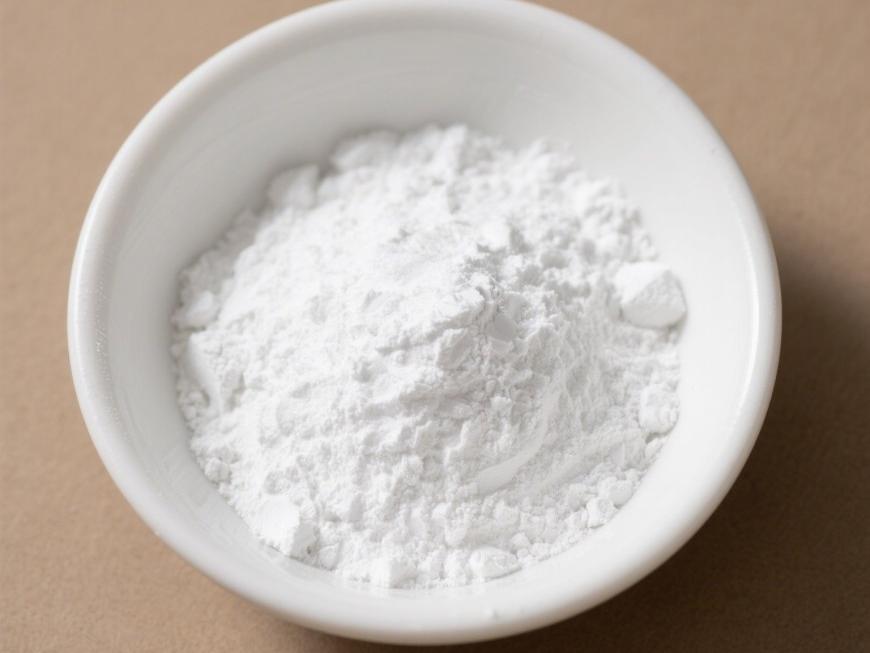Exploring Hyaluronic Acid Upgrades for Eye Health Product Solutions
루 론 산 constitutes a vital component of the extracellular matrix and is widely distributed throughout tissues such as the skin, ocular vitreous humour, and synovial fluid다.
Hyaluronic acid possesses excellent water solubility, high moisturising capacity, and favourable biocompatibility. Its rheological properties are highly compatible with ocular surface tissues, enabling it to form a durable, breathable protective film on the eye surface. Consequently, it serves as a key functional ingredient in ophthalmic health products such as eye drops and eye gels, effectively enhancing lubrication and comfort.
Within the field of ocular health products, hyaluronic acid powder has become a core functional ingredient in mid-to-high-end eye drops, ophthalmic gels, and post-operative care formulations due to its excellent biocompatibility with ocular surface tissues. It significantly enhances a formulation's moisturising properties, lubrication, and user comfort.
Green Spring Technology specialises in supplying high-purity, multi-molecular-weight hyaluronic acid powder. Our products exhibit outstanding rheological properties and batch consistency, making them suitable for developing and upgrading diverse eye care formulations. We assist clients in resolving technical challenges such as viscosity control, compatibility, and sustained moisturisation within product formulations, providing reliable raw material solution support for creating safer, gentler, and more comfortable eye health products.
1 Applications of Hyaluronic Acid Powder
As a natural biomaterial, hyaluronic acid powder demonstrates broad application potential across multiple fields due to its outstanding biocompatibility, exceptional water-retaining capacity, and unique rheological properties. Its safe, gentle nature and ease of formulation make it particularly suitable for eye health-related products.
Within the eye health sector, hyaluronic acid powder serves as an ideal moisturising and soothing ingredient in products such as eye drops, eye sprays, and eye patches. It helps alleviate dryness, provides gentle hydration, and enhances the comfort and sensory experience of formulations.
Green Spring Technology specialises in supplying high-purity, premium-quality hyaluronic acid powder, strictly adhering to international quality standards. We are committed to providing safe, reliable raw material support and solutions for clients developing next-generation eye health and personal care products.
1.1 Applications and Market Prospects of Hyaluronic Acid in Ophthalmology
Leveraging its exceptional viscoelasticity and molecular barrier properties, hyaluronic acid has become a vital viscoelastic protective agent and filler material in numerous ophthalmic procedures. It is also extensively incorporated into eye care solution formulations, significantly enhancing product adhesion and user comfort.
Currently, numerous ophthalmic products containing hyaluronic acid have secured regulatory approval in China, predominantly utilised as viscoelastic agents. This reflects the material's mainstream application direction in the current market, with substantial future development potential remaining.

1.2 Sodium Hyaluronate: An Exceptional Functional Ingredient for Premium Eye Lubricants
As a superior moisturising agent, sodium hyaluronate is extensively incorporated into diverse eye lubricants due to its unique viscoelasticity and exceptional water-retaining capacity. Its molecules contain numerous hydrophilic groups that effectively adsorb and lock in moisture, forming a gentle, breathable protective film on the ocular surface. This significantly enhances the lubricating sensation and comfort of the product.
Within formulations, sodium hyaluronate enhances rheological properties, prolonging residence time on the ocular surface to deliver sustained moisturising effects and improve user experience. Presently, this ingredient has become a favoured key functional component in mid-to-high-end eye care products.
1.3 Sodium Hyaluronate: A Critical Raw Material for Optimising Ophthalmic Formulations
As a high-performance pharmaceutical excipient, sodium hyaluronate plays a vital role in ophthalmic formulations. Its solution exhibits rheological properties similar to natural tears and offers excellent biocompatibility, making it an ideal drug carrier widely used in eye drops, ophthalmic gels, and other formulations.
In formulation applications, sodium hyaluronate effectively regulates product viscosity, improves retention time, and enhances application comfort. Compared to conventional thickeners, its unique rheological properties deliver a gentler, longer-lasting ocular sensation. Furthermore, sodium hyaluronate exhibits excellent compatibility with multiple active ingredients, optimising product performance through local administration and providing crucial technical support for ophthalmic formulation development.
1.4 Application Prospects of Hyaluronic Acid-Based Nanocarriers in Ocular Biomaterials
Nanoparticles composed of hyaluronic acid and biomaterials such as chitosan can serve as functional carriers in corneal and conjunctival bio-delivery applications. Research indicates that hyaluronic acid-chitosan nanoparticles promote alkaline phosphatase secretion, while hyaluronic acid-collagen composite nanoparticles exhibit excellent epithelial cell permeability and biocompatibility, demonstrating superior carrier performance across multiple experimental models.
This class of nanoparticle carrier systems offers novel approaches for innovation in ocular biomaterial technology. Differing from traditional modified hyaluronic acid delivery pathways, they demonstrate considerable application potential and developmental prospects.

2. Outlook
As a primary component of the extracellular matrix, hyaluronic acid is widely utilised across multiple fields—including ocular health, surgical care, skincare, and biomaterials—due to its outstanding biocompatibility, high hydrophilicity, excellent lubricating properties, and low antigenicity. It also demonstrates broad application potential in cutting-edge research such as tissue engineering.
Within eye health products, hyaluronic acid's unique rheological properties and moisturising lubrication characteristics establish it as a key functional ingredient in premium eye drops, ophthalmic gels, and post-operative care formulations. It significantly enhances product comfort and ocular affinity.
Green Spring Technology's hyaluronic acid powder boasts high purity, stable rheological properties, and excellent biocompatibility. Available in various molecular weight specifications, they meet the development needs of diverse eye care products, enabling clients to create safer, more comfortable, and more effective product experiences.
Please contact us at helen@greenspringbio.com or WhatsApp: +86 13649243917 to obtain further technical documentation and bespoke solutions for hyaluronic acid raw materials!
참조
[1] Stern R, 마이바흐 H I. 피부 속 히알루로난:노화의 양상과 그 약리조절 (J.Clin Dermatol, 2008, 26 (2):106-122.
[2] Meyer K, Palmer J W. 당단백질에 관하여 II.유리체 유머와 탯줄 [J]의 다당류.J Biol Chem, 1934, 107:629-633.
[3] Sudha P N, Rose M H. 히알루론산의 유익한 효과 [J].Adv Food Nutr Res, 2014, 72:137-176.
[4] 류후이, 류아후안.화장품에서 성물인 히알루론산 [J.화학교육, 2012, (11):72-75.
[5] 왕후안 친왕.히알루론산 [D]의 개조 및 기능화.우시:장난대학교, 2013.
[6] 서징, 애링, 바이후이유등.히알루론산 개질 연구 진행 [J.폴리머 게시판, 2011, 2:78-84.
[7] 범서규, 조우진성, 천규하 외.히알루론산 나트륨의 임상 적용 [J.해협 약국 2003, 15(4):252.
[8] 링 페이슈, 관후아시.히알루론산 및 그 유도체의 연구 및 응용 유착방지 [J.중국약학학회지 2005, 40(20):1527-1530.
[9]. Kaderli S, 불로처 C, 필렛 E 등.골관절증 치료를 위한 새로운 생체적합성 히알루론산-키토산 하이브리드 하이드로겔 [J.Int J Pharm, 2015, 483(1-2):158-168.
[10] Gencer Z K, zkiri S M, Okur A 외.히알루론산, tenoxicam, betametazon의 관절내 주사가 측두하악관절 장애 호소 완화에 미치는 영향에 관한 비교 연구.J Craniomaxillofac Surg, 2014, 42(7):1117-1121.
[11] Voigt J, Driver V R. Hyaluronic acid derivatives and their healing effect on burns, epithelial surgery wound, and chronic wound:a systematic review and meta analysis of randomized controlled trials[J]. 「 히알루론산 유도체 및 화상, 상피 수술 상처 및 만성 상처에 대한 치유 효과 」.Wound Repair Regen, 2012, 20(3):317-331.
[12] 편도선 절제술 후 통증 완화 및 상처 치유에서 히알루론산의 효과 (Hanci D, Altun H. effect of hyaluronic acid in post-tonsillectomy pain relief and wound heal-a prospective, double-blind, controlled clinical study[J].Int J 소아과 Otorhinolaryngol, 2015,79(9):1388-1392.
-
Prev
From Skincare to Food: Diverse Applications of Hyaluronic Acid Powder Are Expanding
-
다음
Cosmetic-Grade Hyaluronic Acid Empowers Skincare Product Innovation


 영어
영어 프랑스
프랑스 스페인
스페인 러시아
러시아 한국
한국 일본
일본




